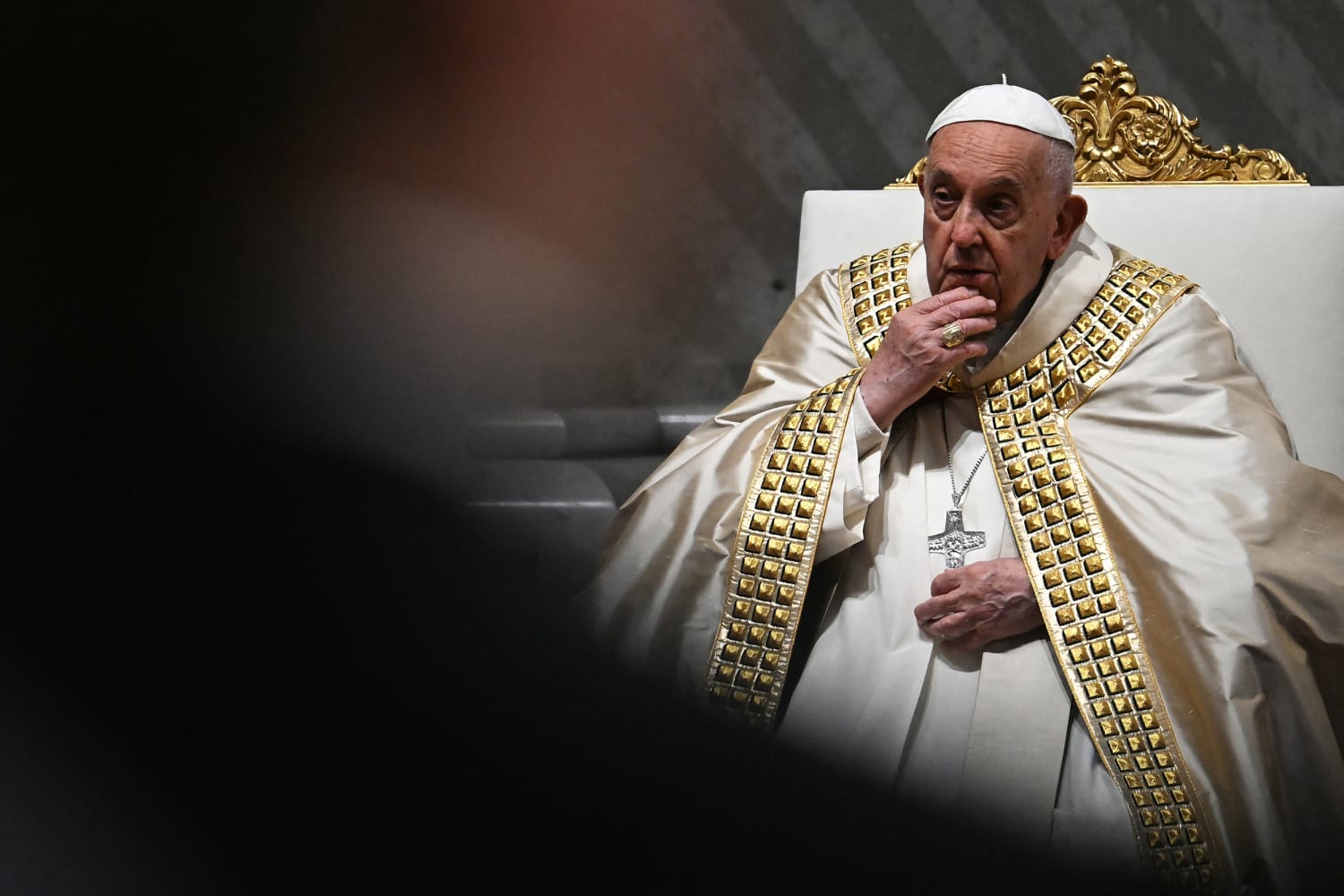The Vatican is about to make it significantly rarer to endorse supernatural claims such as weeping statues of the Virgin Mary and divine apparitions.
On Friday, the Vatican unveiled new guidelines that radically reform the process for evaluating seemingly supernatural phenomena. Compiled by the Dicastery for the Doctrine of the Faith, the guidelines aim to give the Catholic Church greater control over unverified claims of faith-based events, ranging from stigmata wounds mirroring those of Jesus Christ to holy visions.
Approved last month by Pope Francis, these rules will officially take effect on Sunday, providing bishops with instructions for evaluating reported claims.
The guidelines clarify that the revisions are not meant to deny all new claims that arise.
“The Church needs clear procedures,” the document states. The norms “are not intended to control or (even less) stifle the Spirit.”
Key Points of the New Rules
The reforms tighten the criteria that bishops must use to investigate and potentially reject reports of alleged miraculous events.
Crucially, Vatican approval will now be required before ruling on the validity of these reports. The Dicastery for the Doctrine of the Faith, responsible for religious discipline within the Catholic Church, will also review each case.
The new guidance outlines six possible conclusions that church leaders can reach when investigating events, with the most direct being outright rejection.
Notably, the church will no longer endorse or verify any event as supernatural in origin. In such cases, labeled as “nihil obstat,” the church will determine that while the event is not confirmed as supernatural, nothing about it contradicts the faith.
While bishops may promote these events, Catholics will no longer be obliged to believe them, the document clarifies.
Replacing the 1978 Guidelines
The last Vatican rulings on supernatural phenomena were issued in 1978, but those guidelines remained secret until 2011.
Although the document does not cite specific fraudulent cases necessitating the new rules, the Vatican acknowledged that the 1978 norms “are no longer adequate,” especially in the digital age.
Social media has enabled wild claims and obvious hoaxes to spread rapidly online, captivating faithful Catholics eager to believe in purported divine phenomena. Church leaders expressed concern about charlatans exploiting people’s beliefs for profit or power.
“The use of purported supernatural experiences or recognized mystical elements as a means of or a pretext for exerting control over people or carrying out abuses is to be considered of particular moral gravity,” the document states.
Pilgrimages to Lourdes, France, and Fatima, Portugal
Reported visions of the Virgin Mary and other divine apparitions, as well as stigmata, have been part of the Catholic Church’s history since its inception.
Approved visions have inspired mass pilgrimages to the sites where they occurred. For decades, millions of faithful have traveled to Lourdes, France, where the Virgin Mary is said to have appeared in the 19th century, and to Fátima, Portugal, where she reportedly appeared to children in 1917.
The church has no desire to detract from such significant events, which are central to the faith for many. However, as Cardinal Victor Manuel Fernandez, head of the Vatican’s doctrinal office, wrote in the document, “there are serious critical issues that are detrimental to the faithful.”
“I am thinking of the use of such phenomena to gain ‘profit, power, fame, social recognition, or other personal interest,” Fernandez noted.

